Nissan was still a relatively small automaker when it hit the international market in the 1960s, but that changed after the first Z-car became an instant hit. The legendary Z-car lineup is highly appreciated by gearheads globally for its sports car performance, unique designs, rock-solid reliability, and affordability. Although Nissan has successfully sold the Z-car over seven generations, the 300ZX model proved pivotal to this impressive streak.
The 300ZX arrived after the wildly popular 280ZX, a model that also received heavy criticism for emphasizing luxury over driving fun. Built over the third (Z31) and fourth (Z32) generation, the Nissan 300ZX did not just cement the Z-car status in the sports car scene; it also heralded the dominance of 1990s JDM sports cars. Here are ten more reasons why the 300ZX was so awesome.
10 The 300ZX Was The First Z-Car To Carry A Nissan/Datsun Badge.
The first Z31 debuted for the 1984 model year and was the first model to feature a Nissan/Datsun badge concurrently. Nissan had long planned to phase out the Datsun brand name, and the Z31 initiated the transition to completion in 1985.
Technically, 1984 could be considered the only year of the Datsun 300ZX. With improved acceleration, handling, and more refinement than previous Z-cars, the Nissan 300ZX became wildly revered and recorded the second-best sales in Z-car history.
9 Nissan Offered The 300ZX In Different Body Styles
Nissan introduced the T-top design in 1980 with the 280ZX, which carried over to the 300ZX generation. The T-top was available in either 2-seater or 2+2 coupe configurations, externally differentiated by rear-quarter window length and the position of the gas filler cap.
In response to popular aftermarket conversions, Nissan offered a convertible version in 1993 for the first time in Z-car history. Although T-tops accounted for most 300ZX sales, Nissan built some hardtops, fondly dubbed 'slick tops,' sold only with naturally aspirated engines.
8 The Porsche 944 And Corvette C4 Served As 300ZX Benchmarks
Despite the Z31's popularity, enthusiasts still subjected it to the same criticism as the preceding 280ZX, citing its demeanor as more GT than a sports car. Determined to reverse the trend, Nissan assessed the competition of the time, including the Porsche 944 and the Chevy Corvette, to make the Z32 the world's number one sports car.
Although the Z32 featured the same signature wedge-like exterior profile, Nissan aimed to achieve the handling and steering of the 944 and the Corvette, and still beat them in design and aerodynamics. Ultimately, Nissan announced that the Z32 produced less lift than either rival and also exceeded the straight-line stability of the Porsche 944.
7 The 300ZX Was One Of The First CAD-Designed Production Cars
The Z32 ushered in a renewed focus on Z car performance instead of the luxurious grand touring of previous models. Nissan utilized a form of CAD software installed on a Cray-2 supercomputer to achieve the most remarkable styling transformation the Z-car lineup had yet received.
The Z32's exotic appearance included a notably wider body with a rounder profile, a longer wheelbase, fewer hard edges, and faired-in headlights. Nissan achieved the slippery bodywork by slanting the headlights at more than 60 degrees, which helped to give the Z32 a marginally increased drag coefficient of 0.31 compared to 0.30 in the Z31.
6 The 300ZX Featured Advanced Technology
Z31 models produced before 1987 featured a computerized Voice Warning System that warned drivers about critical issues such as low fuel level, exterior lights left on, parking brake left on, or an open door. Other technological features included a Body Sonic audio system with a bass amplifier, a digital stereo with an equalizer, and a digital gauge cluster. Interestingly, the 300ZX was the first car to feature a central brake light with LED.
Although the Z32 outstripped the Z31 as a sporting model, Nissan equipped it with advanced technology such as cruise control, automatic digital climate control, CD player, power-adjustable driver's seat, mirror heaters, and HVAC switchgear. Turbo models received Nissan's Super High Capacity Actively Controlled Suspension (HICAS) four-wheel steering system to give the Z plus or minus one degree of rear steering angle.
5 The 300ZX Boasted Japan's First Mass-Produced V6
Mechanically, the 300ZX boasted a significant switch from a straight-six in previous Z-cars to a V6 engine configuration for improved weight distribution and efficiency. The V6 fitted in the Z31 was among the first of the iconic VG series, Nissan's, and Japan's first mass-produced V6 engine.
The Z31 received a 160/165hp naturally aspirated single overhead cam 3.0-liter V6 and a 200/250hp turbocharged single overhead cam 3.0-liter V6. On the other hand, the desirable Z32 was available with a 222hp naturally aspirated DOHC 3.0-liter V6 or a 300hp twin-turbocharged 3.0-liter V6. In 1995 and 1996, designated Nissan dealers sold a rare factory-backed Steve Millen-tuned SMZ 300ZX boasting 365hp.
4 The 300ZX Enjoyed Motorsport Success
Bob Sharp Racing campaigned and won with a 300ZX at the 1986 Trans Am at Lime Rock, and it remains the only Trans Am win for a 300ZX. Electramotive fitted a developed VG30ET engine in the GTP ZX-Turbo that raced in the IMSA GT Championship and All Japan Sports Prototype Championship, becoming dominant in the 1988 IMSA GT.
The 300ZX again dominated the IMSA GTO and GTS categories from 1990 to 1995, with Steve Millen driving a twin-turbo 300ZX for Clayton Cunningham Racing. Other notable motorsport achievements include a victory at the 1994 24 Hours of Daytona, first rank in the GTS-1 class at the 1994 24 Hours of Le Mans, first place in the GTS-1 class at the 1995 12 Hours of Sebring, and an existing land speed record in the E/BMS class at the 1995 Bonneville Speed Trial.
3 Nissan Built Special Edition 300ZX Models
Nissan produced a 50th Anniversary Edition turbocharged coupe with a Silver/Black paint job in 1984 to commemorate the automaker's semi-centennial. The Anniversary Edition model featured a digital dash, radio and cruise controls on the steering wheel, Bodysonic speakers in the seats, embroidered floor mats and leather seats, mirrored T-tops, G-force, 50AE printed grey cloth indoor cover and a 50th AE logo badge on the driver's side front fender.
In 1988, Nissan offered the turbocharged pearl white Shiro Special, one of the fastest cars from Japan that year with 153mph. Unlike the semi-centennial special, the Shiro did not have additional luxury options, instead sporting performance-oriented upgrades. These include heavy-duty anti-sway bars, stiffer springs and matched shocks, and a viscous limited-slip differential.
2 The 300ZX Received Widespread Media Recognition
After an aggressive campaign to change brand names from Datsun to Nissan, the 300ZX was squarely on the media's radar. In 1990, the 300ZX featured in Motor Trend's 'Import Car of the Year,' Road and Track's 'Ten Best Cars in the World,' Automobile Magazine's 'All Stars' list, and Car and Driver's 'Ten Best Cars' list.
The Z32's performance was so good that it made all Car and Driver's 'Ten Best' lists between 1990 and 1996 and Automobile Magazine's 'All Star' lists from 1990 to 1994. In addition, the Z32's unique styling earned it a spot in GQ's 'Most Stylish Cars Over the Past 50 Years' list in 2010.
1 The 300ZX Restored The Z-Car's Sports Car Status
The federal emissions and crash regulation imposed throughout the '70s made the Z-car heavier and slower, and Nissan compensated for the performance with more luxury features and amenities. As a result, enthusiasts viewed the 280ZX and the Z31 as GTs than sports cars.
Fortunately, the Z32 remedied the trend and waved away the skepticism about the Z-car's sports car status by winning multiple comparison tests and several 'ten best' lists it featured. The 300ZX battled fierce competition of the day, including Supra, Porsche, and Corvette variants to restore the Z-car's reputation.

.jpg)
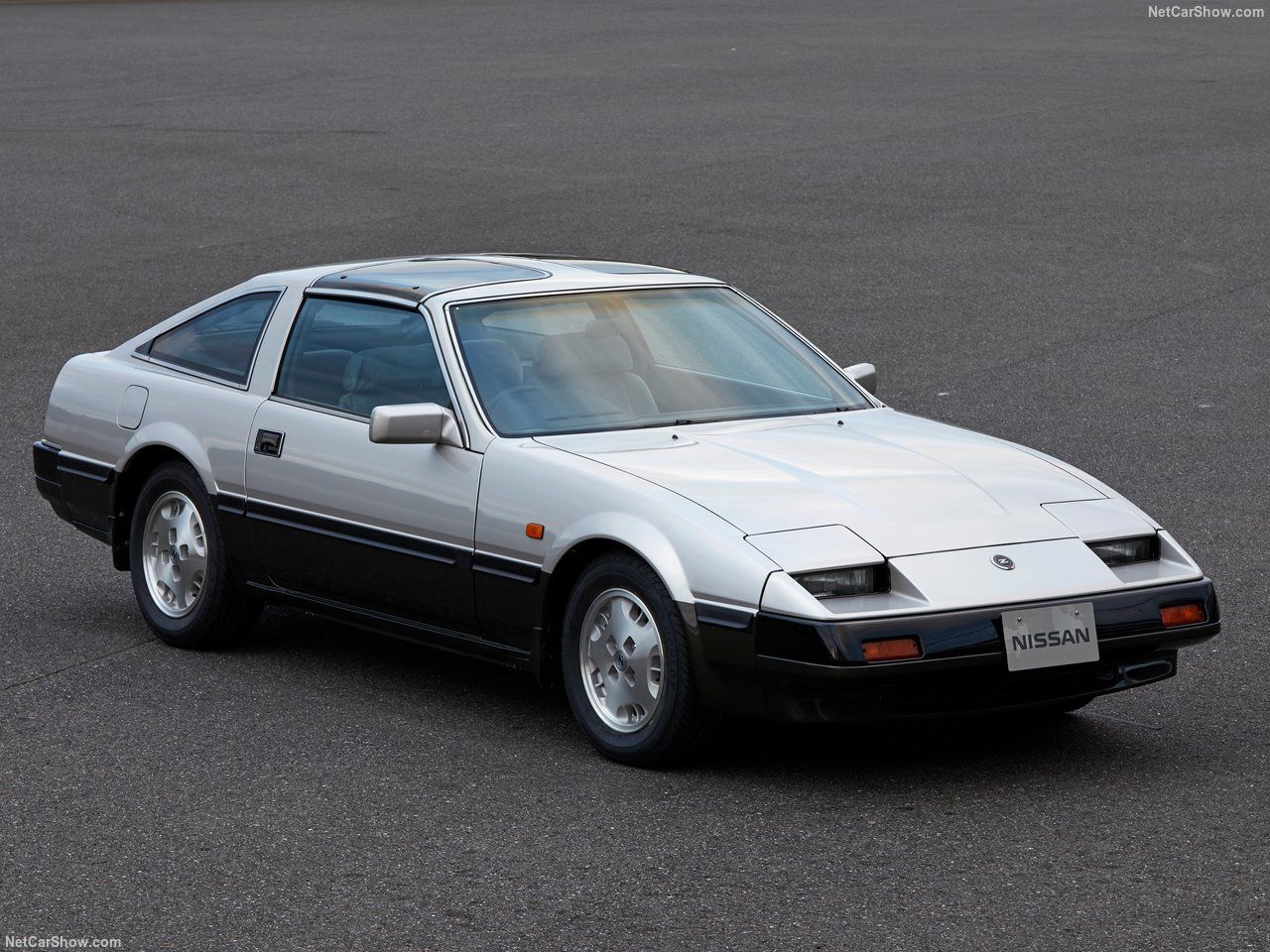
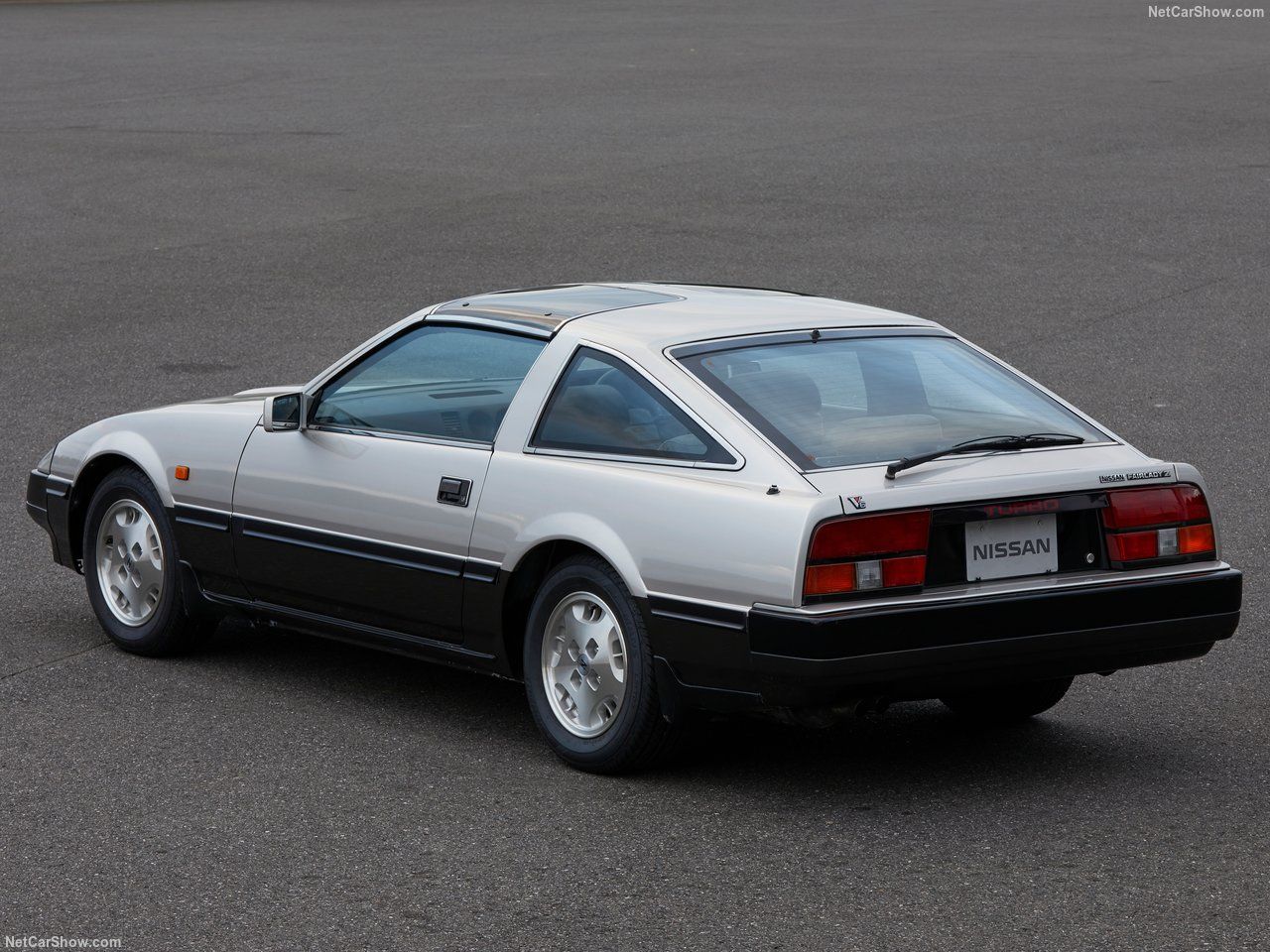
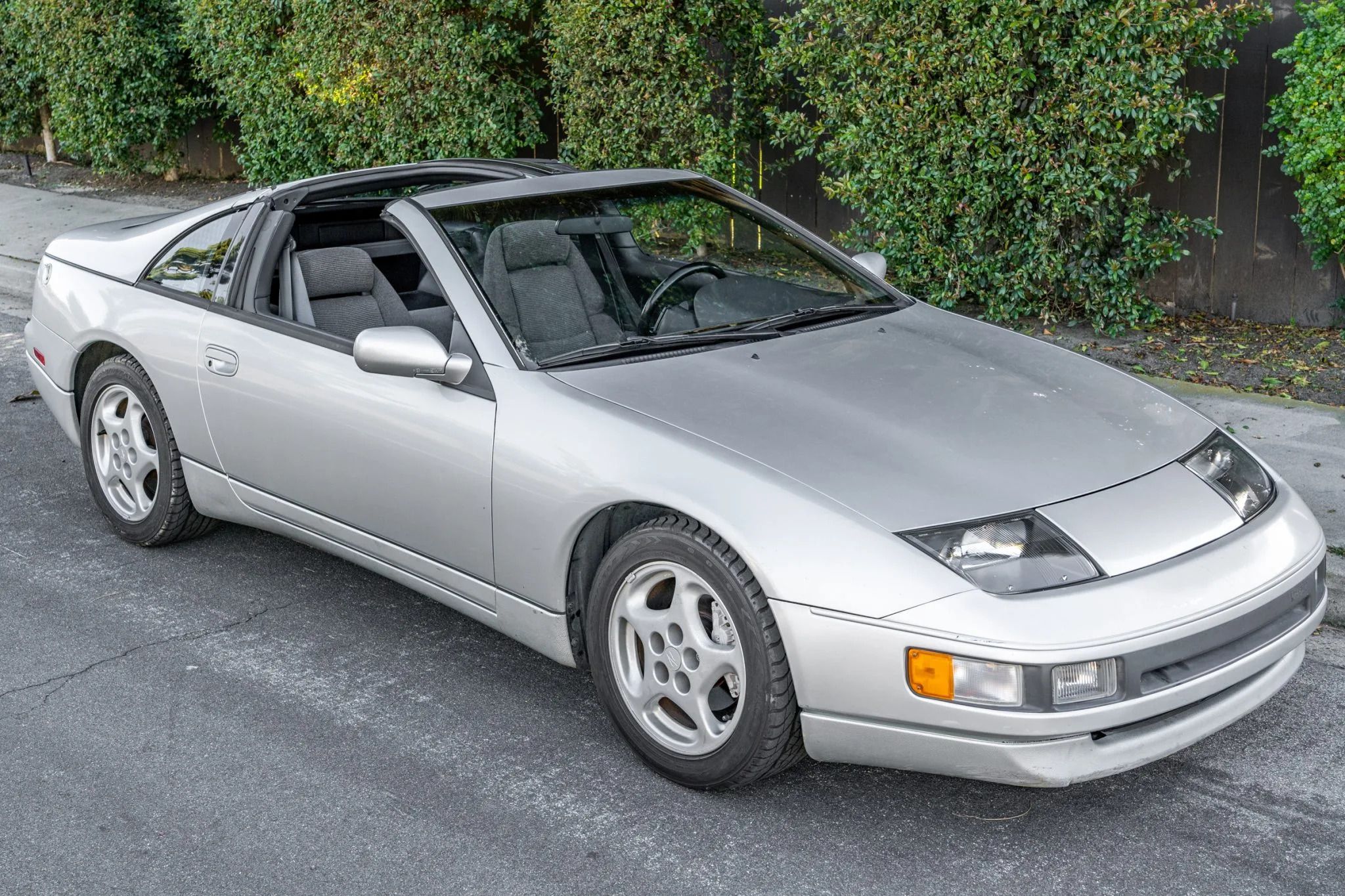
.jpg)
.jpg)
.jpg)
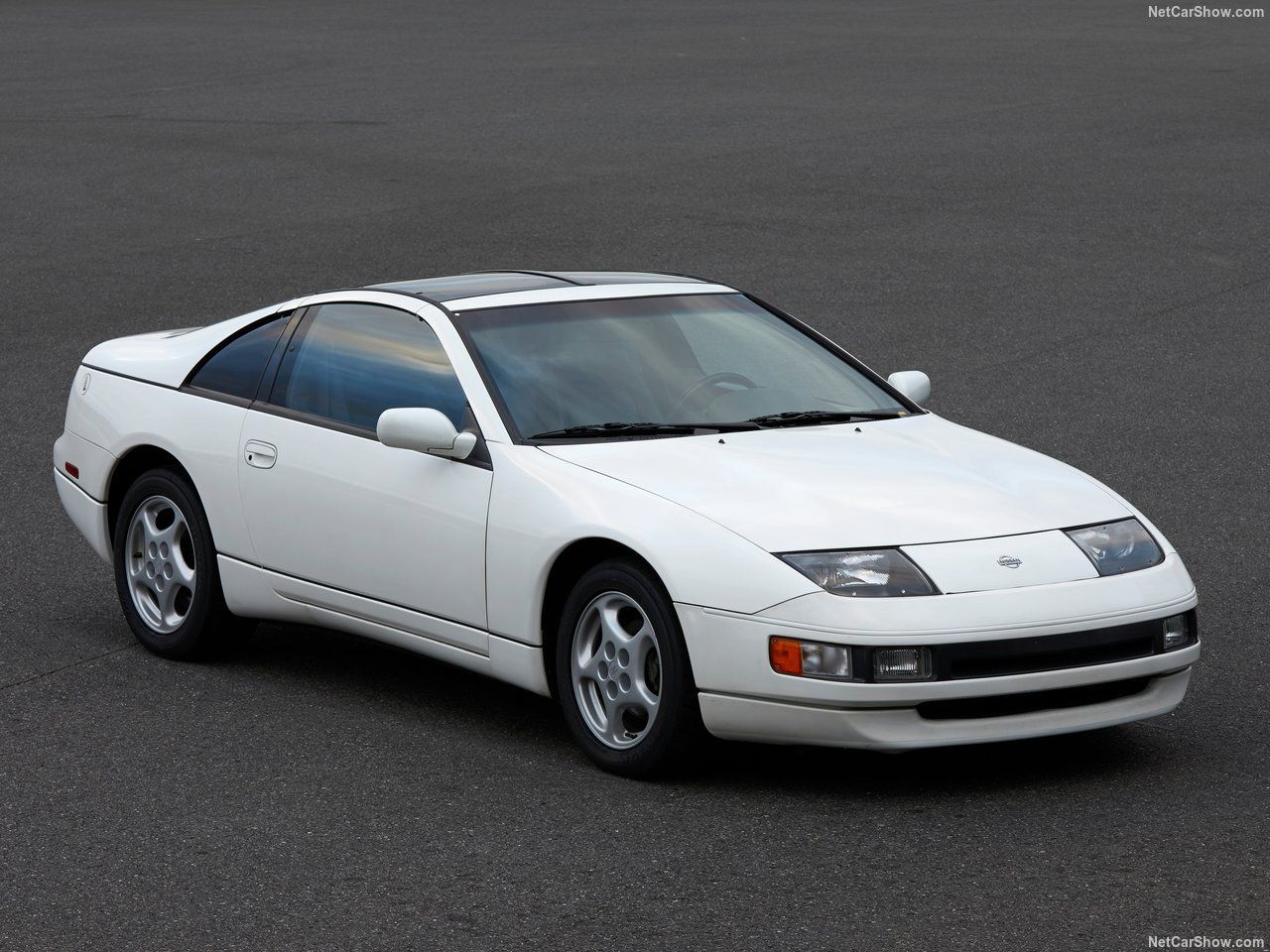
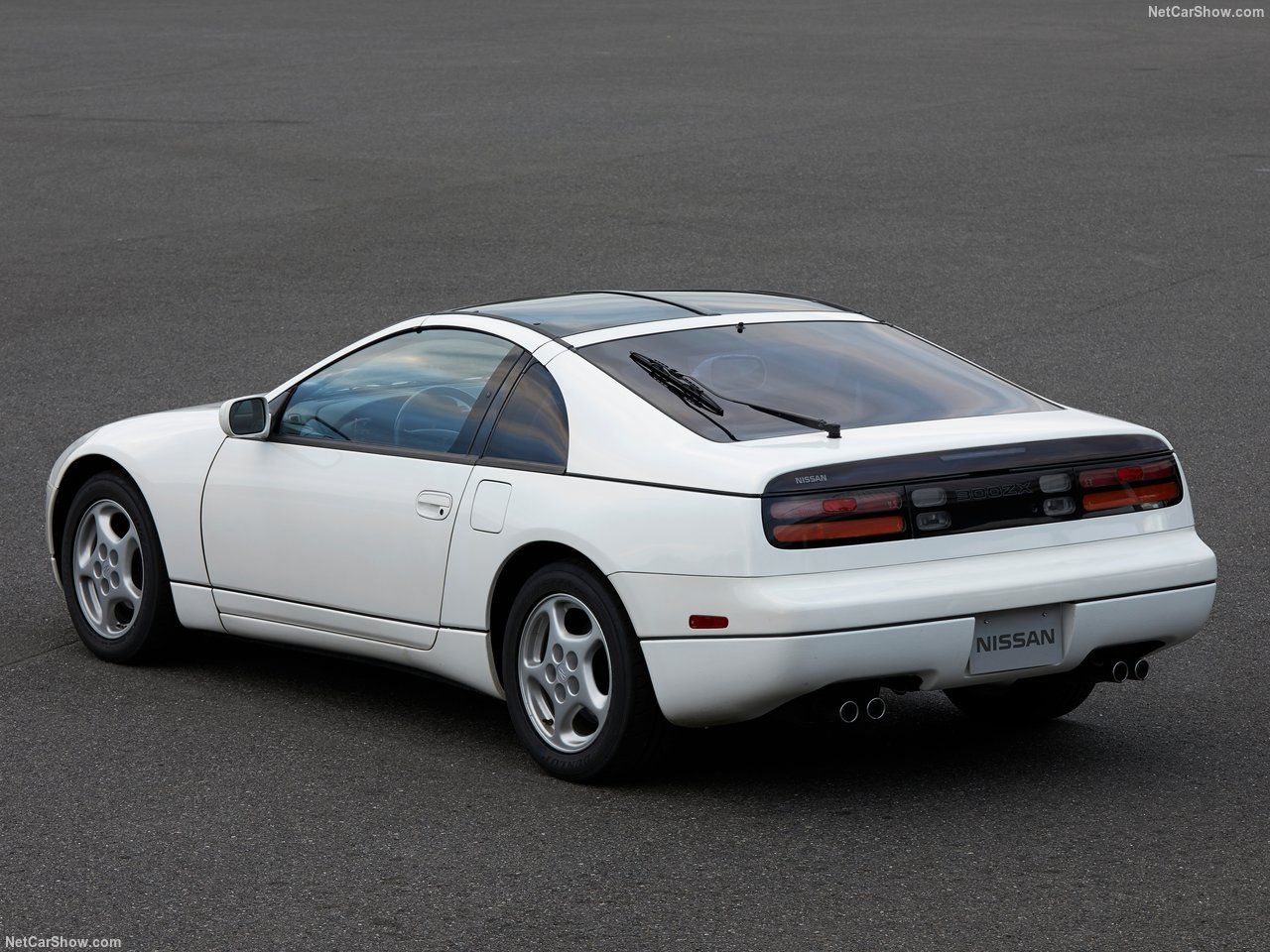
.jpg)
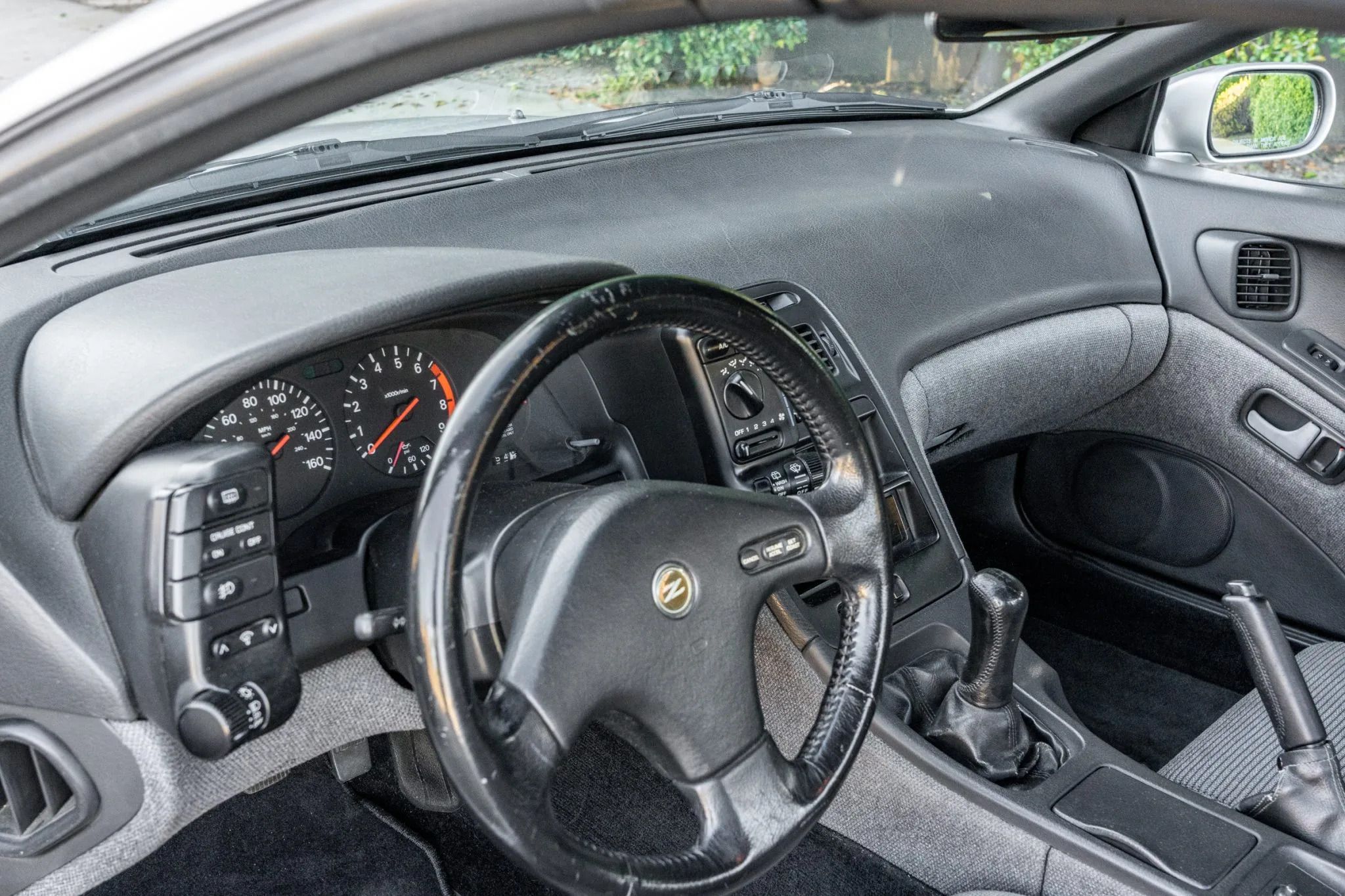
.jpg)
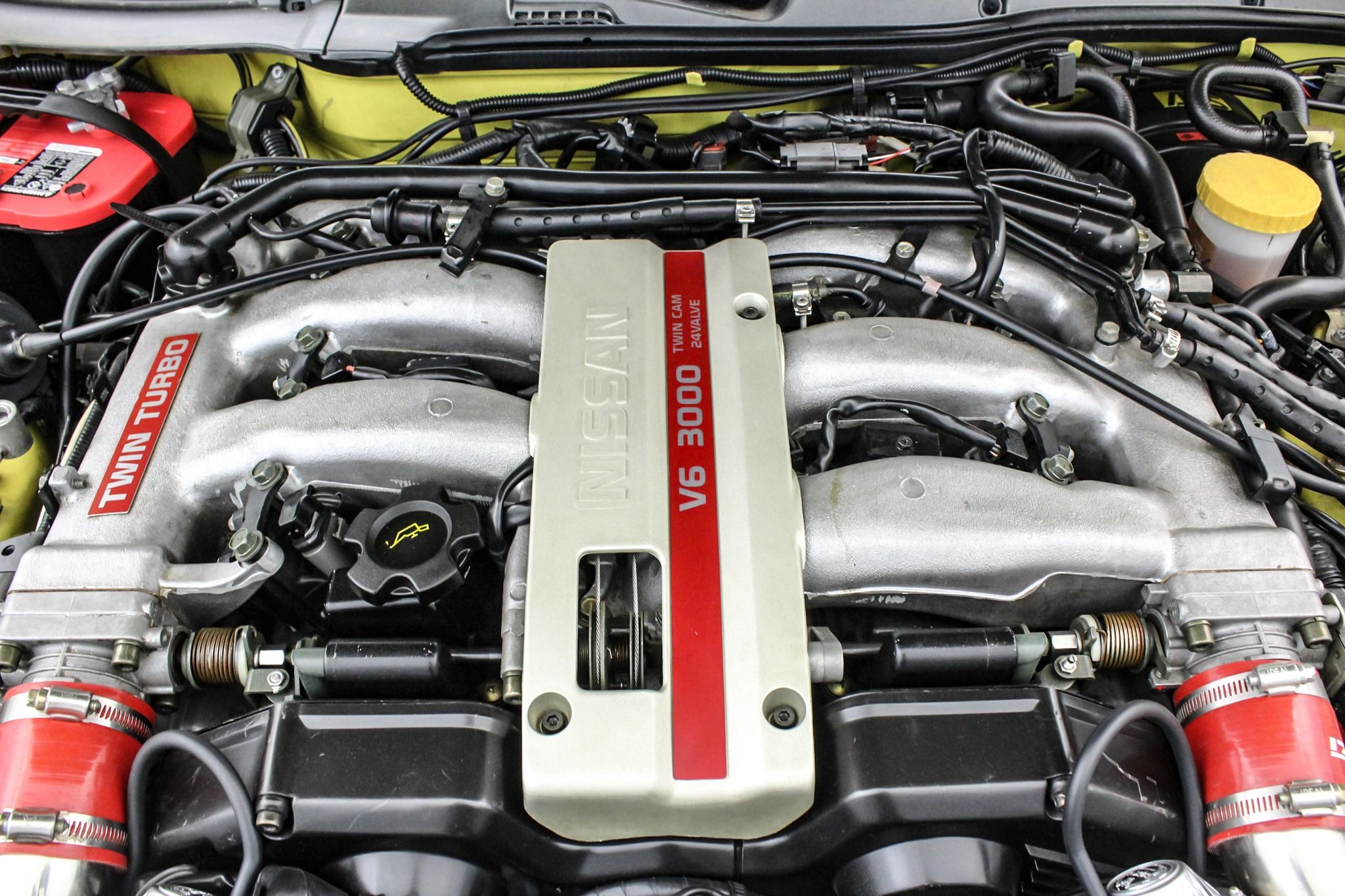
.jpg)
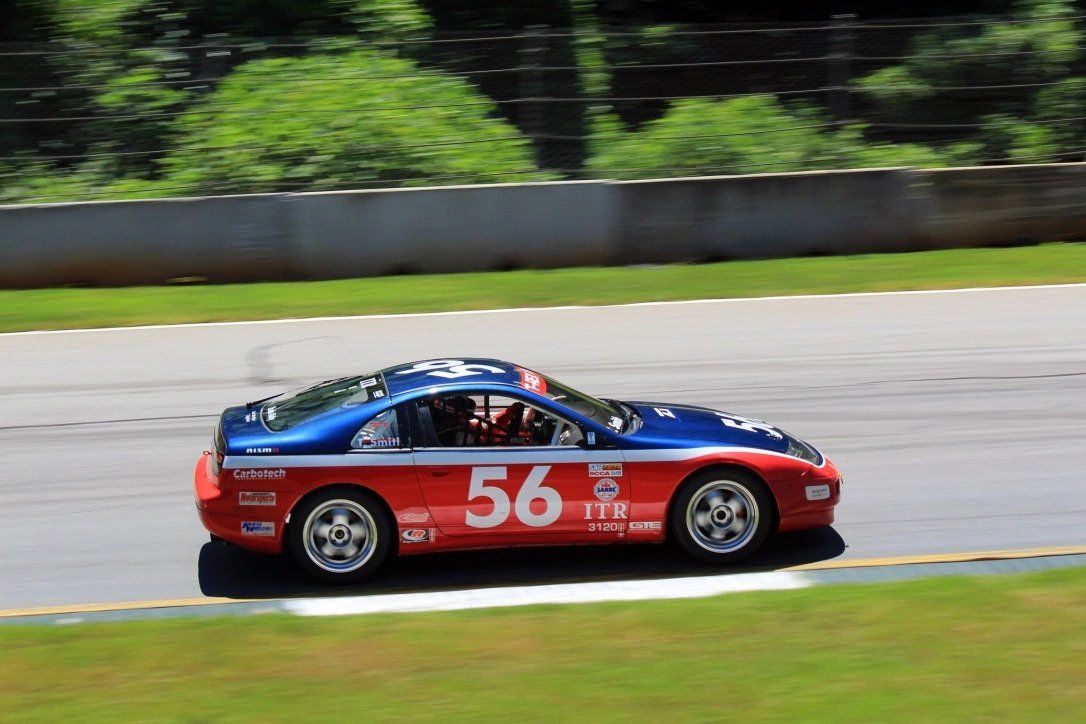
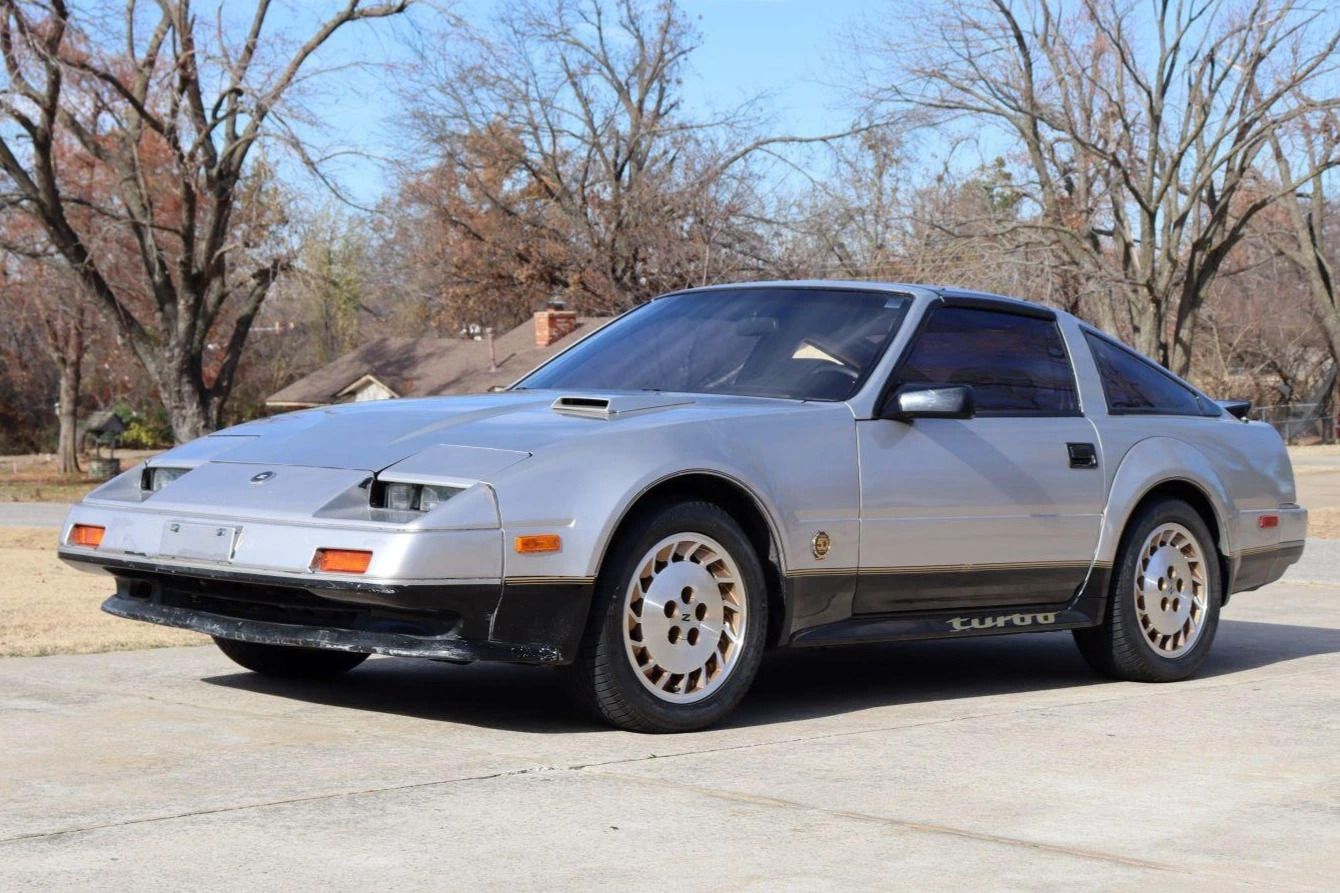
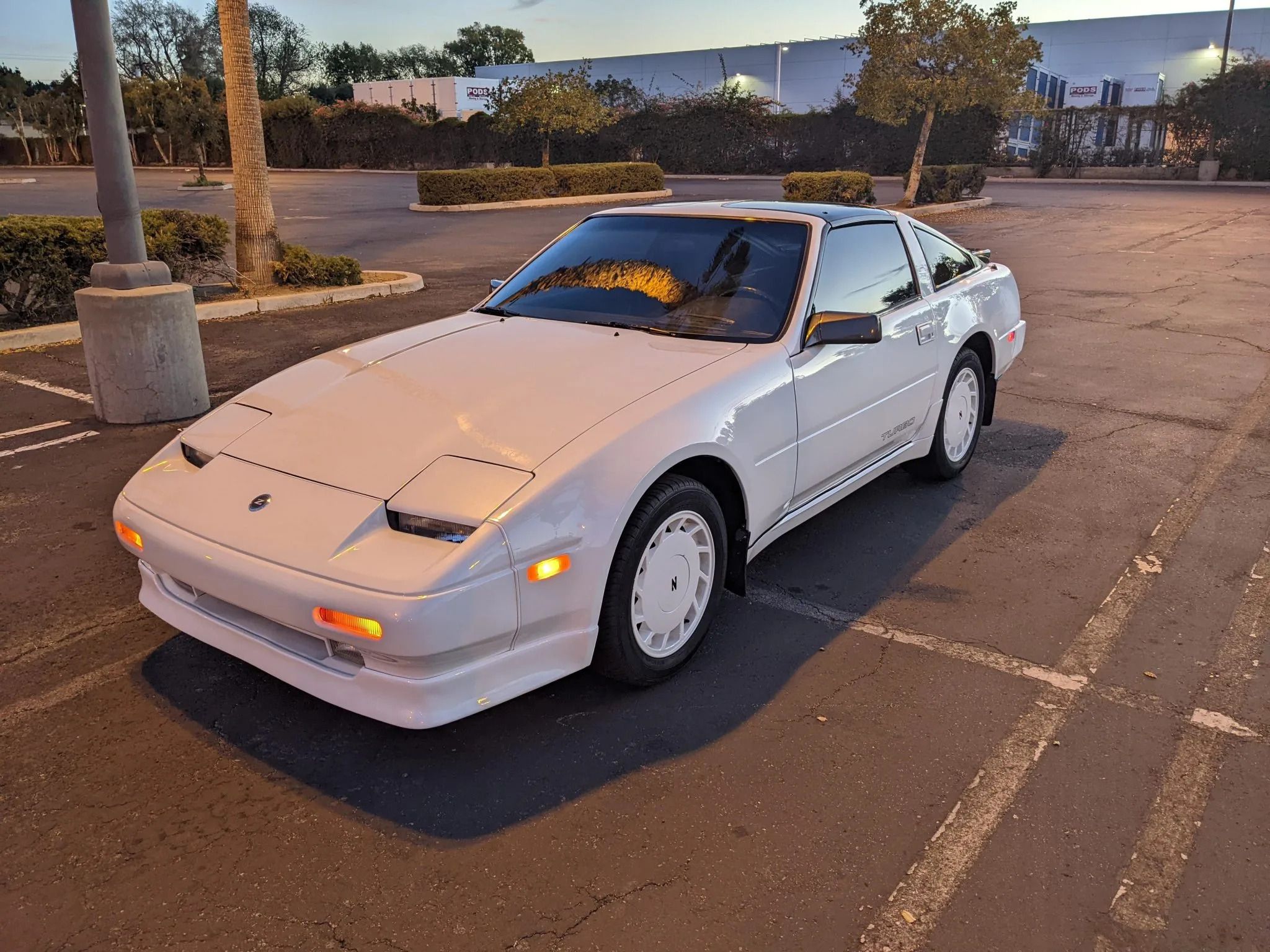
.jpg)
.jpg)
.jpg)